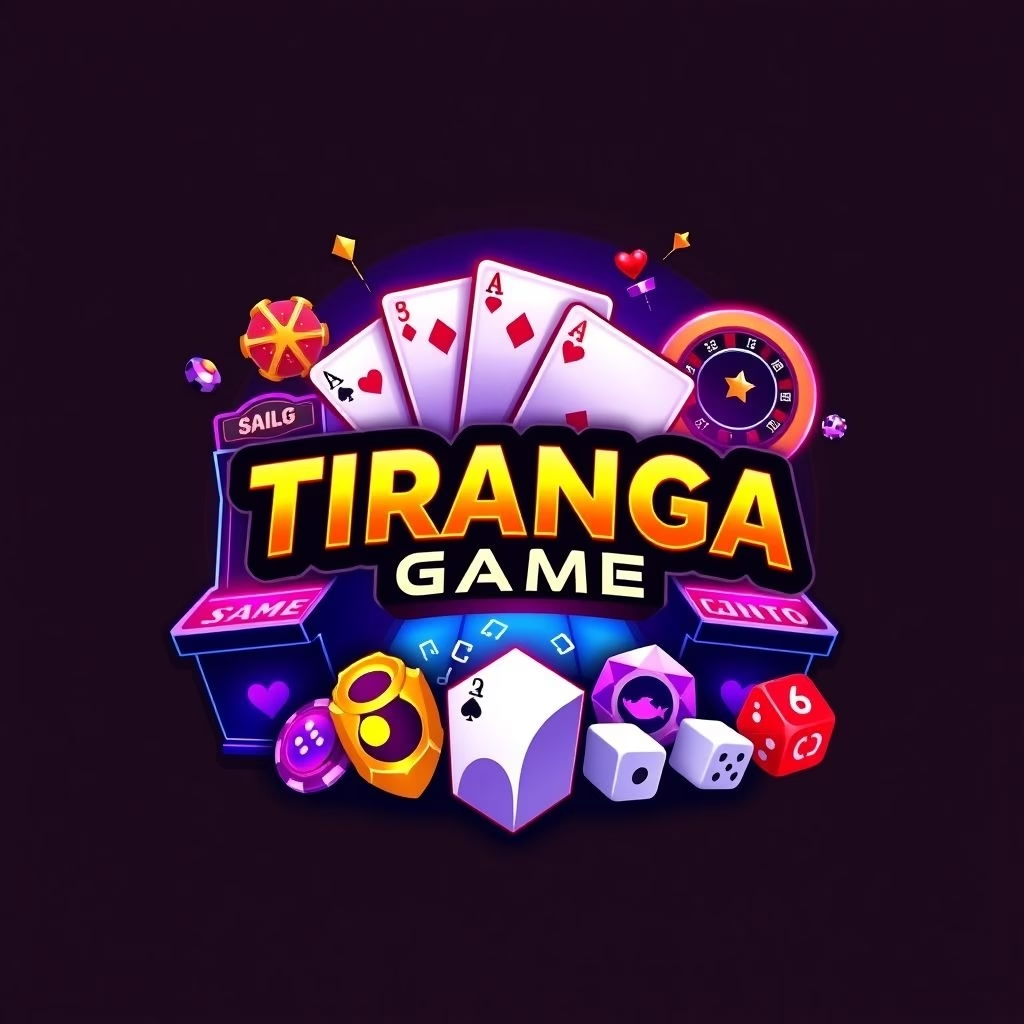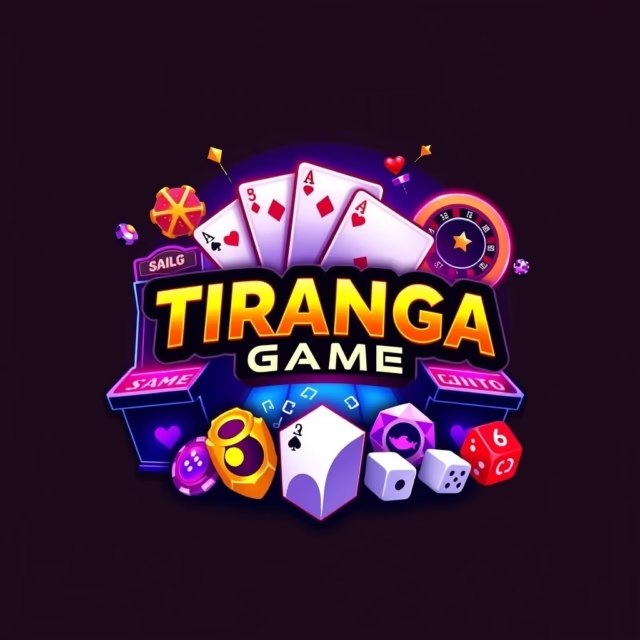The Tiranga, or the Indian National Flag, is more than just a piece of cloth. It symbolizes India’s hard-won freedom, unity in diversity, and national pride. Its three colors—saffron for courage, white for peace, and green for growth—along with the Ashoka Chakra in navy blue, represent the spirit of a nation that has stood tall despite countless challenges. But in today’s digital-first world, this powerful symbol has taken on new forms of engagement. One such modern evolution is the Tiranga Game.

Whether it’s an educational activity, a digital game, or a patriotic initiative, the Tiranga Game is a rising phenomenon that combines the essence of national pride with the energy of gameplay. This article explores what the Tiranga Game means in different contexts, how it’s being used, and why it resonates with both younger and older generations in India.
What Is the Tiranga Game?
The term “Tiranga Game” doesn’t point to a single game or app. Instead, it refers to a broad category of games and digital platforms that incorporate the Indian flag (Tiranga) as a central theme. It can range from:
- Educational classroom activities involving flag-making and quizzes.
- Mobile and computer games themed around patriotism.
- Online challenges organized during national holidays.
- Fantasy gaming platforms with patriotic branding.
These games aim to connect people with their cultural roots while offering fun, learning, and sometimes, rewards. With increased access to the internet and smartphones, such forms of digital patriotism have become more visible and impactful.
The Tiranga Game in Schools and Communities
One of the earliest places where children come across Tiranga-themed games is in schools, especially around Independence Day (August 15) and Republic Day (January 26). These celebrations are not only about flag hoisting and speeches but also about creative, interactive activities that promote awareness and national pride.
Examples include:
- Flag Coloring Competitions: Children use the correct tricolors to paint the flag.
- Tiranga Relay Races: Participants run while passing a flag to complete a circuit.
- Quiz Contests: Questions about the Indian freedom struggle, national symbols, and historical figures.
- Craft Games: Making flags from eco-friendly materials or drawing the Ashoka Chakra freehand.
These games are effective tools to instill civic values, historical knowledge, and a sense of belonging to the nation, especially in younger generations.
Tiranga Games in the Digital World
With the advent of smartphones, India has seen an explosion in mobile gaming and app usage. Developers have tapped into patriotic themes to create Tiranga-based digital games, especially around national holidays. These games appeal to tech-savvy users and often go viral through social media campaigns.
Some popular types include:
1. Flag Hoisting Simulators
These simple mobile apps let users virtually hoist the Indian flag and celebrate national events. Some include background music like the national anthem or a patriotic score.
2. Tiranga Trivia and Quiz Games
Apps or websites host knowledge-based games where users answer questions related to Indian history, geography, and national symbols. Points, badges, and leaderboards gamify the learning experience.
3. Augmented Reality (AR) Filters
Social media platforms like Instagram and Facebook use AR filters that overlay the Tiranga on users’ profile pictures or videos, especially during campaigns like “Har Ghar Tiranga.”
4. Fantasy and Real-Money Gaming Platforms
Some newer platforms use patriotic branding, naming themselves after the Tiranga or featuring tricolor-themed user interfaces. While not directly educational, they attempt to create a sense of cultural connection while engaging users in games of skill or chance.
Har Ghar Tiranga and Gamified Campaigns
In 2022, the Government of India launched the Har Ghar Tiranga campaign as part of the Azadi Ka Amrit Mahotsav. It encouraged citizens to hoist the national flag at their homes and share pictures online. To boost engagement, the campaign included gamified elements:
- Users received digital certificates for uploading selfies with the Tiranga.
- Interactive maps showed how many flags were hoisted per region.
- Participants could share achievements on social media, spreading the campaign virally.
This is a perfect example of how national pride, digital tools, and gameplay mechanics can combine to create meaningful citizen participation.
The Emotional Power of Playing Under the Tiranga
During major sporting events like the Olympics or ICC Cricket World Cup, Indian athletes perform under the gaze of the national flag. Every win, every medal, and every anthem played becomes a “Tiranga Game” in itself—a moment of shared pride and identity.
For many Indians, these moments stir deep emotional responses. The flag becomes a symbol of collective achievement, unity, and dreams. In this sense, even cricket matches or kabaddi tournaments become a Tiranga Game—where the stakes are national pride, and the reward is unity.
Challenges and Concerns
While the Tiranga Game in all its forms promotes unity and pride, there are also concerns:
1. Misuse of National Symbols
According to the Flag Code of India, the national flag must be treated with dignity. Using the Tiranga in casual games or commercial ventures can sometimes cross ethical or legal boundaries.
2. Shallow Patriotism
Critics argue that gamified patriotism may promote symbolic participation without meaningful engagement. Clicking a selfie with the flag doesn’t equate to understanding the sacrifices behind it.
3. Commercialization
Patriotic branding can sometimes be a marketing tactic rather than a genuine effort to foster unity. This raises questions about intent and authenticity.
Conclusion
The Tiranga Game is not just about entertainment—it’s a celebration of identity, heritage, and pride. Whether it appears in classrooms, smartphones, sports stadiums, or online campaigns, it captures the evolving relationship between citizens and their nation in a digital age.
By blending play with patriotism, the Tiranga Game serves as a reminder that national pride isn’t limited to formal ceremonies. It can be expressed through everyday actions, digital interactions, and creative expressions. But it’s equally important to ensure that such expressions are respectful, thoughtful, and rooted in genuine love for the country.







